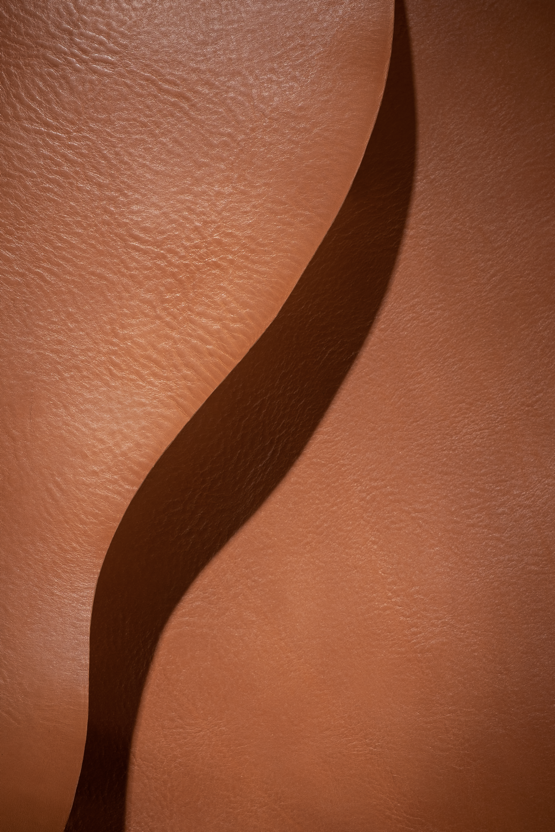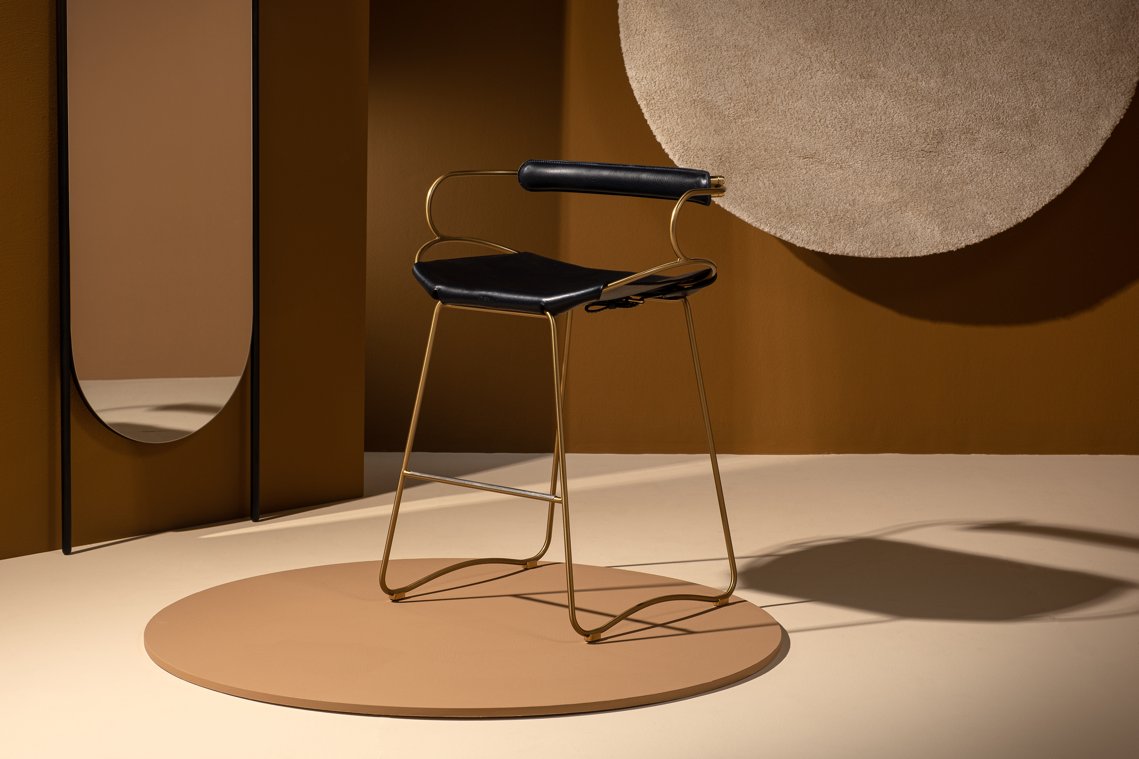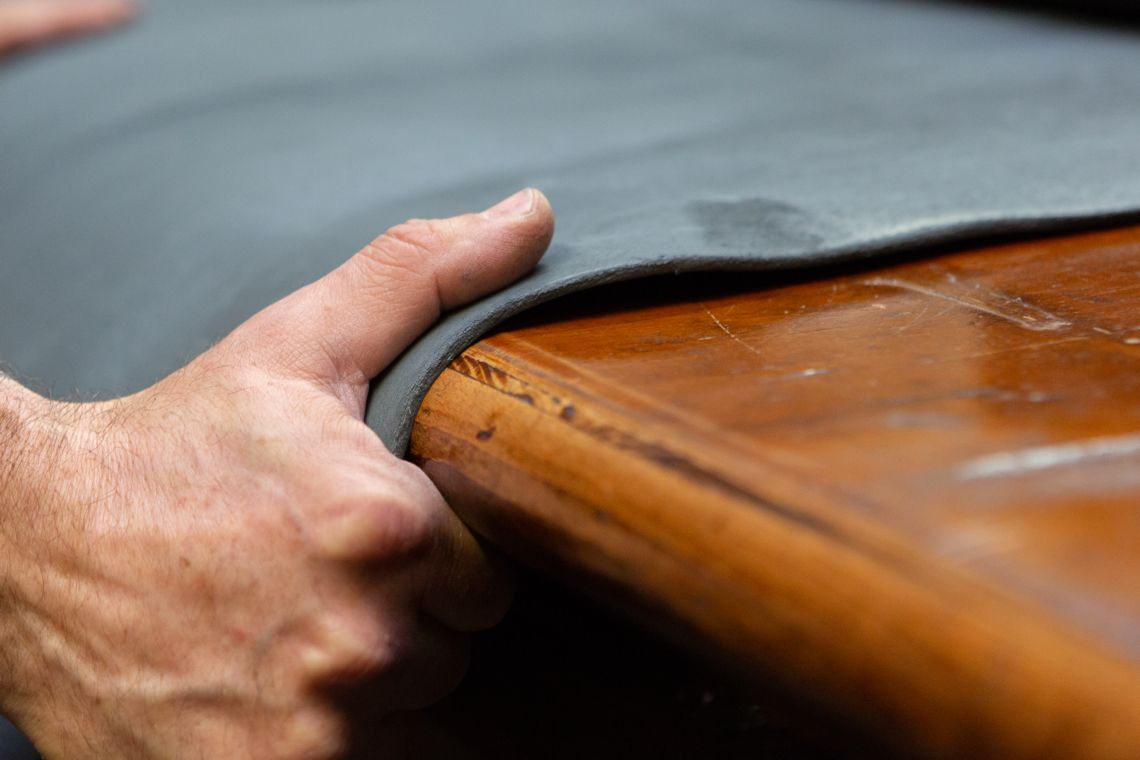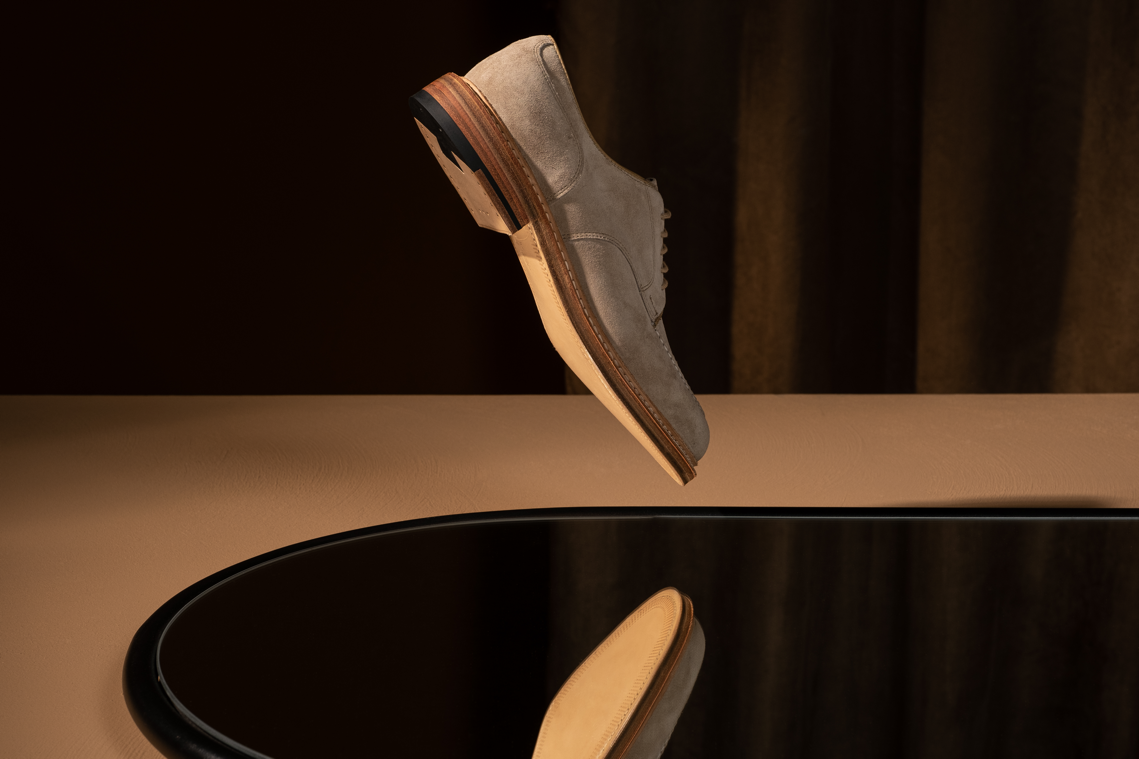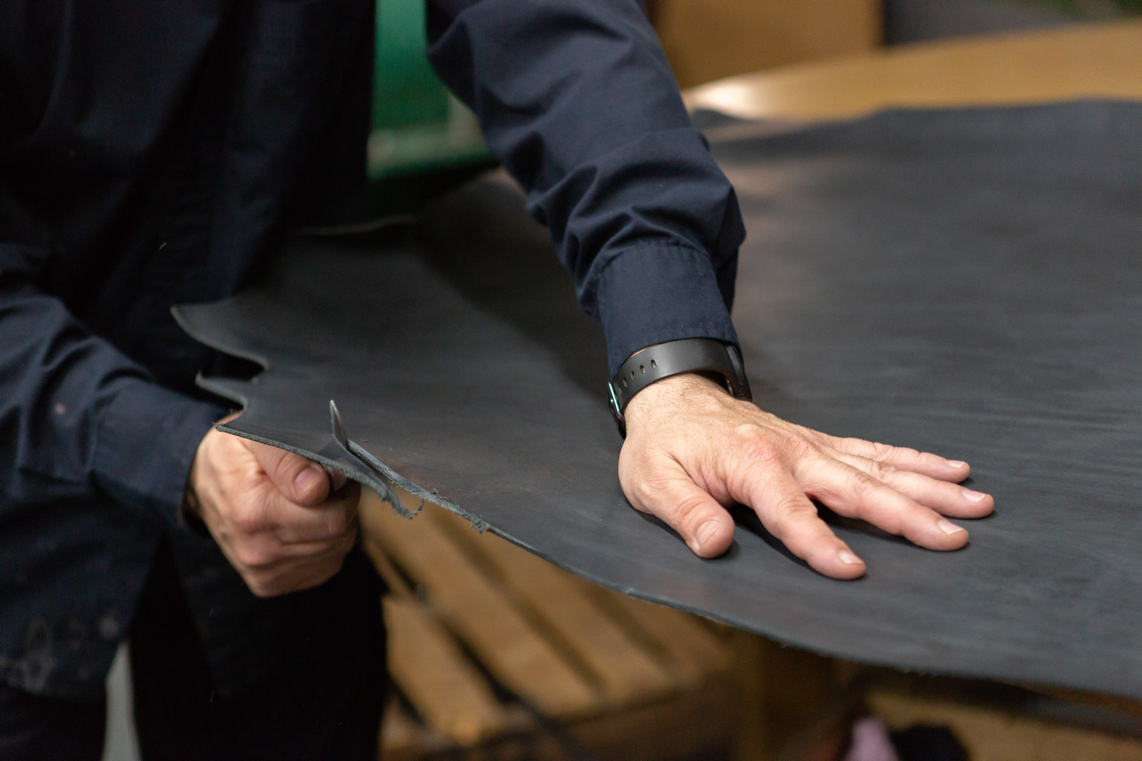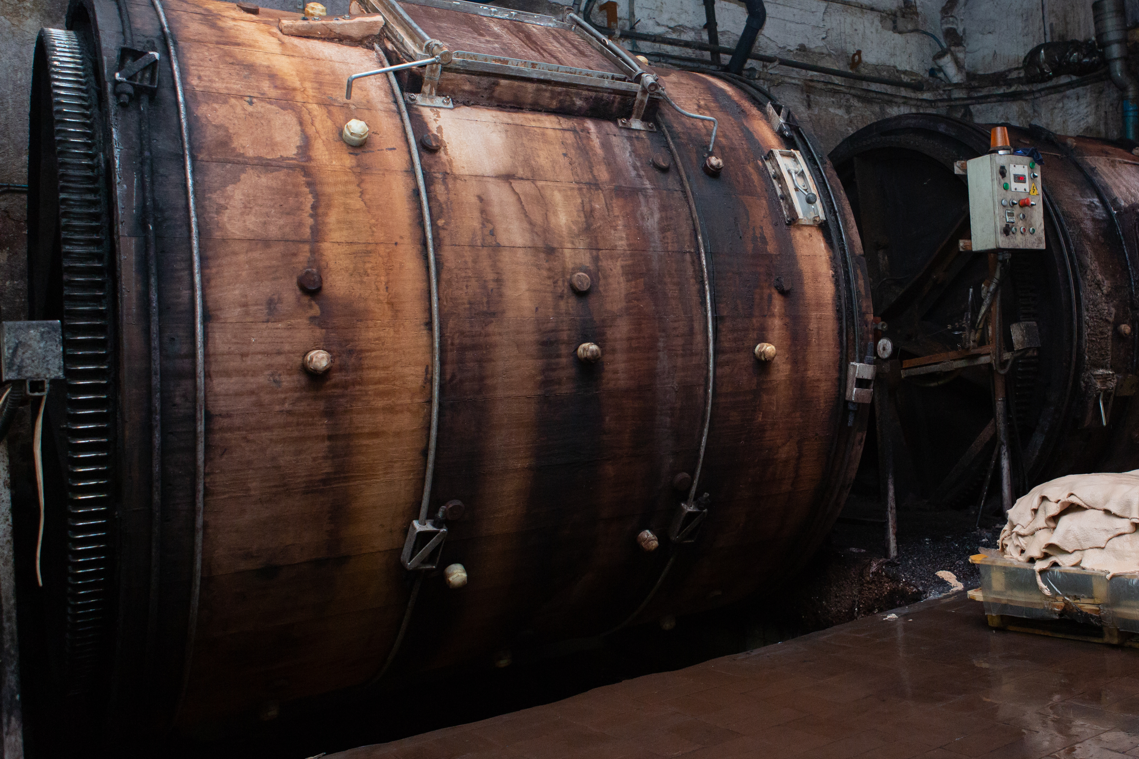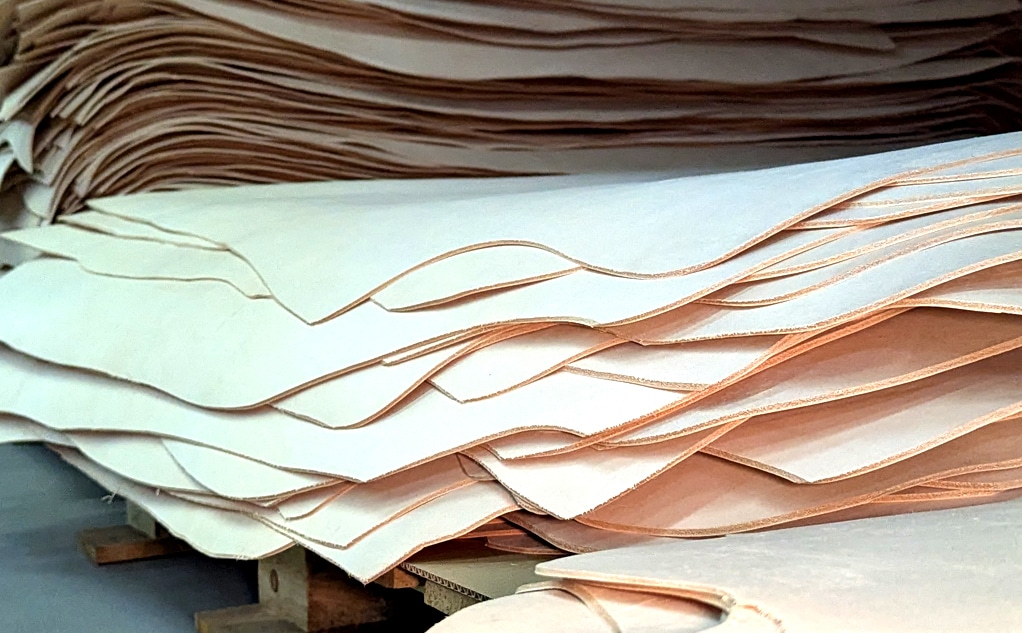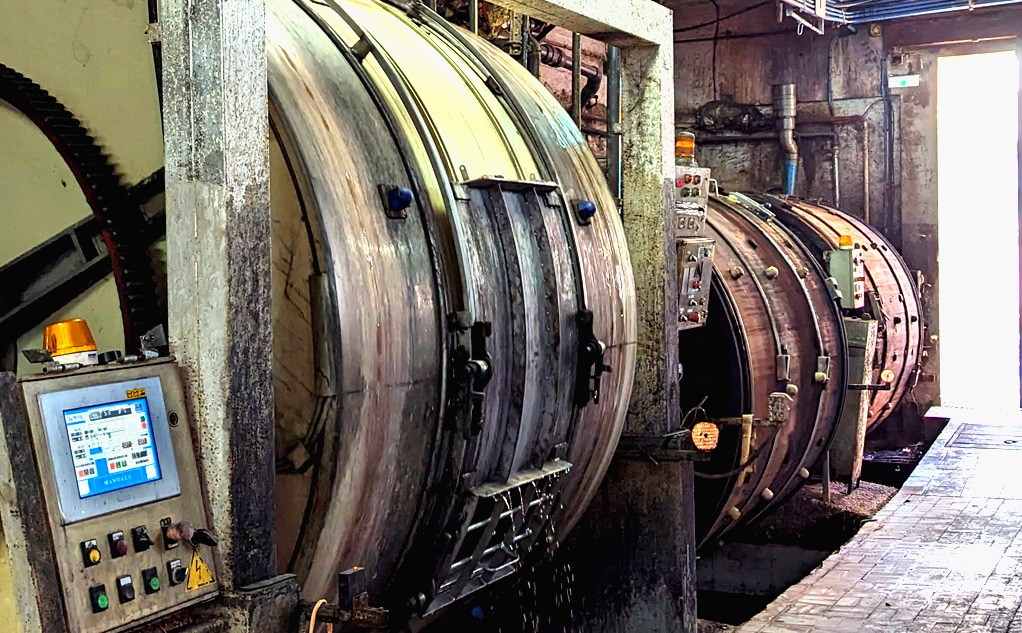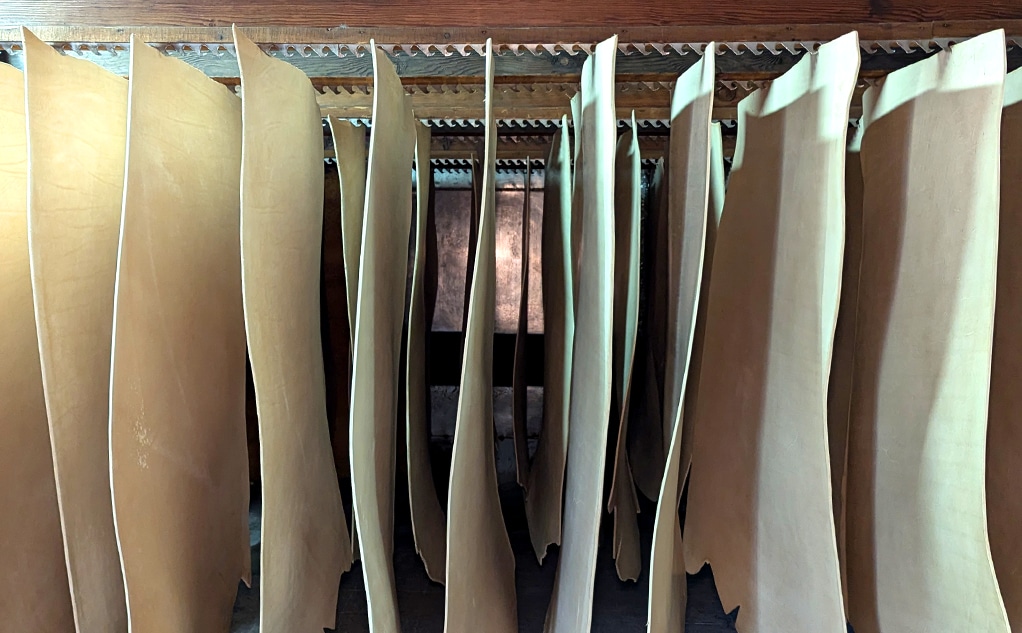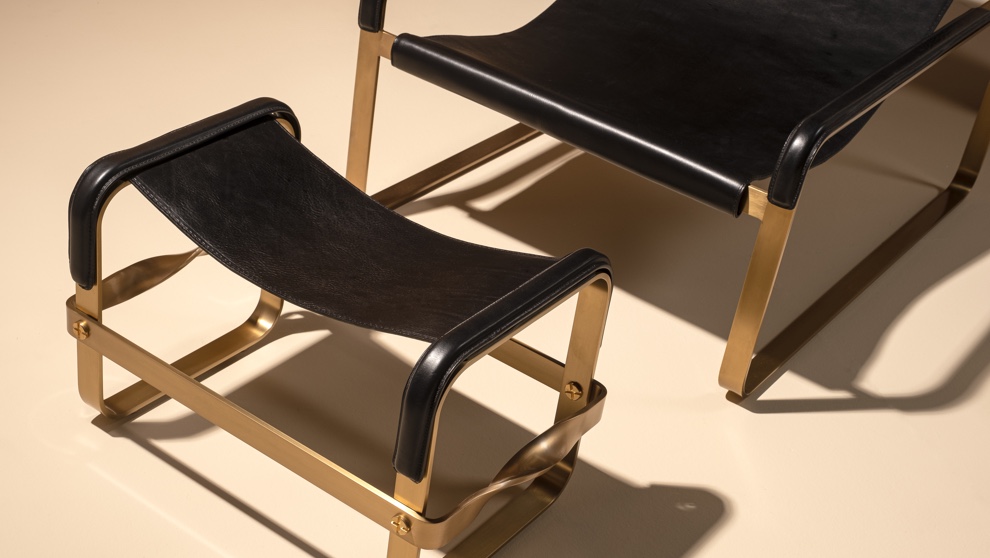
Echology
Alternatives to leather are not always what they seem
26 / 02 / 2024
Original content by: One4Leather
You have probably heard of the term ‘Vegan Leather’. But what is it really? The name suggests that is derived from plant-based material but is it?
In fact, ‘vegan leather’ isn’t leather at all, nor is it always plant-based. It’s often a material made out polyvinyl chloride (PVC), polyurethane (PU) and textile-polymer composite microfibers or other petroleum-based materials. In layman’s terms: plastics. Some newer alternatives are based on plant or fruit fibres, such as apples or pineapples. The traditional leather alternative materials are artificial and have been around for ages as ‘leather alternatives’, but do not possess the same properties as, nor can they be called leather, as the term is strictly defined according to ISO and other European standards as a tanned hide or skin with its original fibrous structure more or less intact.
‘Vegan’ implies ”free-from” any animal products, which makes naming a vegan material ‘leather’ misleading and even contradictory. This should, however, not be confused with ‘vegetable tanned’ leather, which refers to using tannins that originate from plants, such as the tannin in tree bark. Vegetable-tanned leather though is still genuine leather. Leather alternative materials certainly have achieved higher quality over the years, yet they have decidedly different structures and properties to genuine leather.
As an industry, we believe there is a clear difference between authentic leather and alternatives on various fronts, based on material properties. To illustrate the difference, when you do buy leather, you are choosing a material with the following characteristics:
- Easy to clean (one of the main reasons why aviation and shared mobility are using it);
- ‘Breathing’ properties (due to natural fiber structure of the skin);
- Strength and durability (leather keeps its quality, year-in year-out);
- Flexibility (leather becomes more and more flexible over time, while it still maintains its shape and strength)
- Compostability, since leather products can be turned into compost in a matter of weeks as only 1% would remain, which is the surface treatment. This surface coating is the last challenge to make leather a 100% biodegradable material that leaves no footprint in our environment after use.
In the end, it is your choice to make: using or buying artificial material or the real deal. We just wanted to let you know what the difference is, as we believe that transparency is key in order to make a self-conscious decision in what you buy and use.
You can read the original post HERE
